July 01, 2023 – Gavinburn Cottage, Scotland
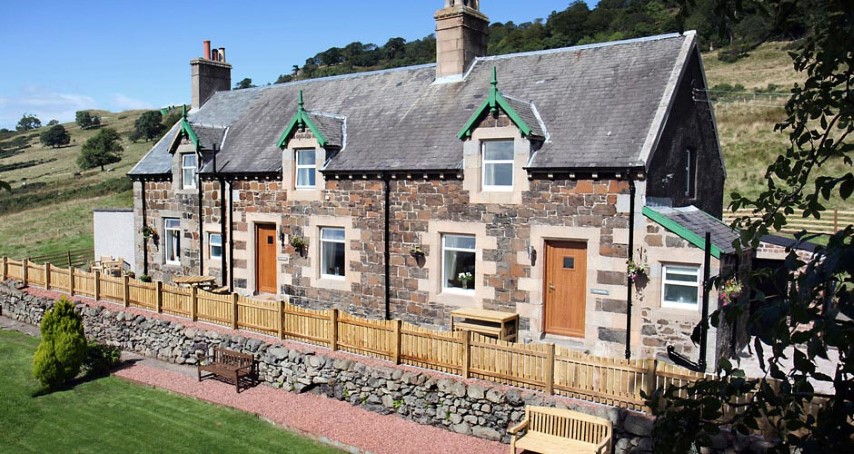
On July 1 – 3, 2023, the Paton Clan met at our ancestral home, Gavinburn Cottage, Old Kilpatrick, Scotland.
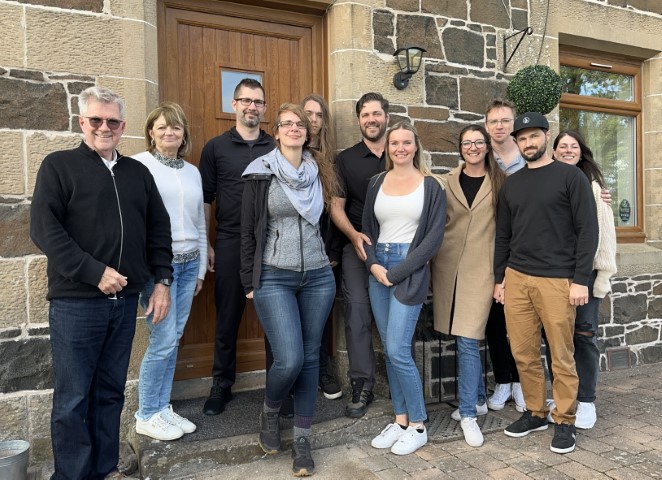
Russell and Terri (Bear) Paton
Adam, Bianca, and Leo
Aaron and Emma
Marshall and Deanna
Riley and Taylor
I am very fortunate to have known my great grandparents personally. Great Grandpa William Paton (born in 1881) and Jemima Paton (born in 1882) both lived to a ripe old age (grandma to 105 years). They were keen storytellers, as was my Grandpa Billie and my father Adrian Paton.
I took the opportunity to pass some of the family history and folklore my ancestors taught me on to the next generation, while our family was gathered in Scotland.
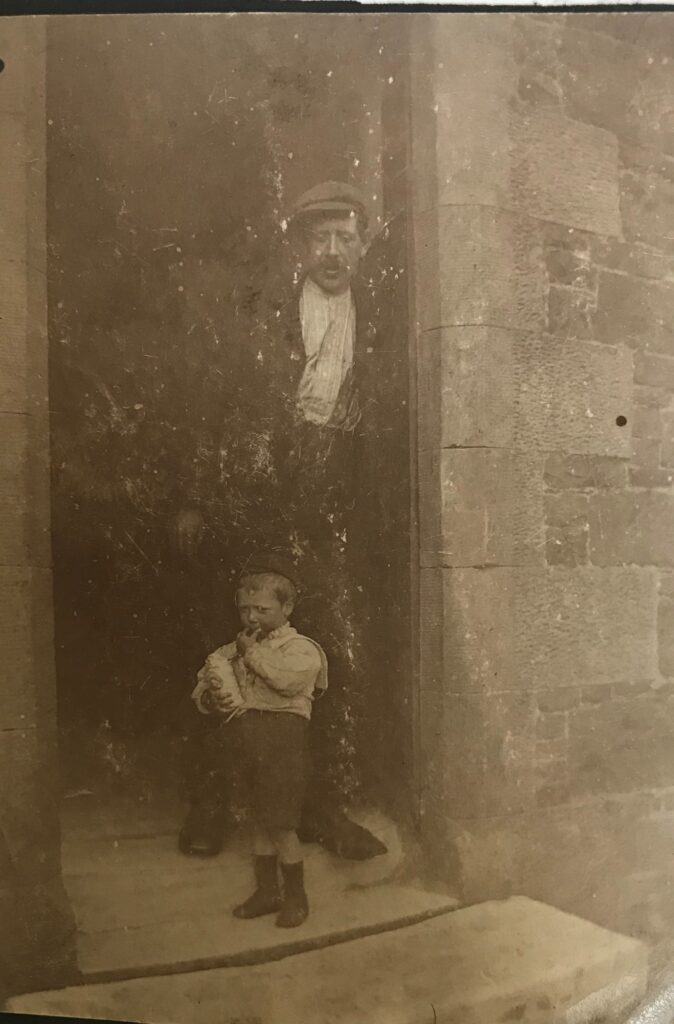
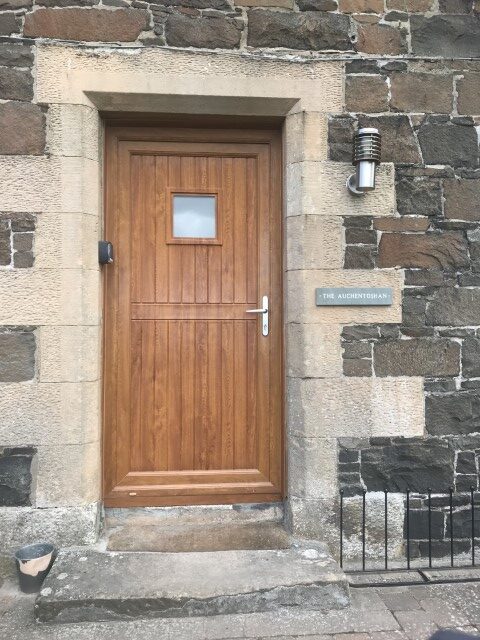
Welcome!
This is an historic day for our family. To have all of you here at this family site, is the fulfillment of a life-long dream. Thank you all for taking time from your busy lives to be here, it means the world to us.
Our ancestors lived in the suites beyond this door in the years leading up to 1908, when they emigrated to Canada. These rooms were home for a succession of our great grandparents.
As a child, I remember my great grandparents and Grandpa Billie telling stories about Scotland, “the old country”, they called it. My father (Adrian) also heard family legends from a very early age, and he passed those stories on to me. Today, I would like to convey some of those legends to you.
I hope that these stories are a genuine echo of Paton Family folklore as it was passed down from generation to generation before.
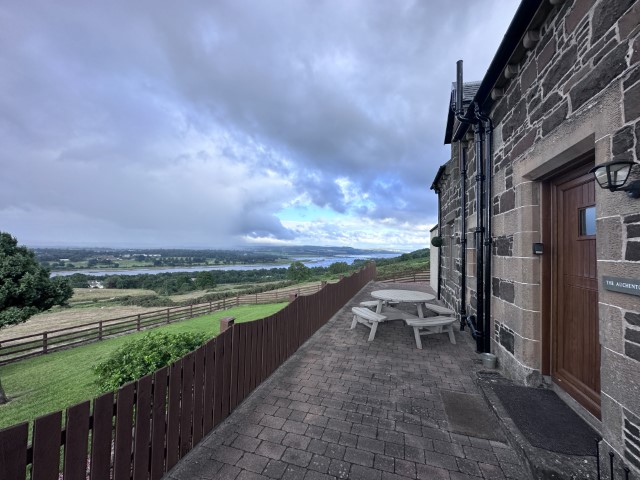
Grandpa Billie told me that the Paton family lived in “a stone house overlooking the River Clyde”. He remembered the sounds of shipbuilding and that, as a boy, he watched the ships moving up and down the Clyde.
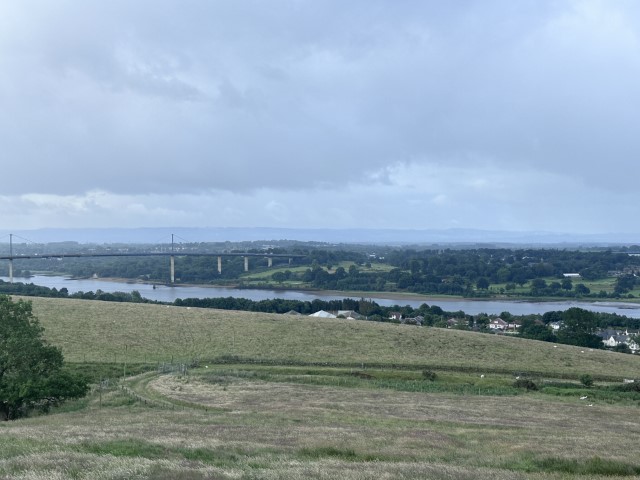
John Brown’s Shipyard was just up the river at Clydebank. The biggest ship on earth at the time, the Lusitania, was built there. It launched in 1906, when Billie was 2 years old.
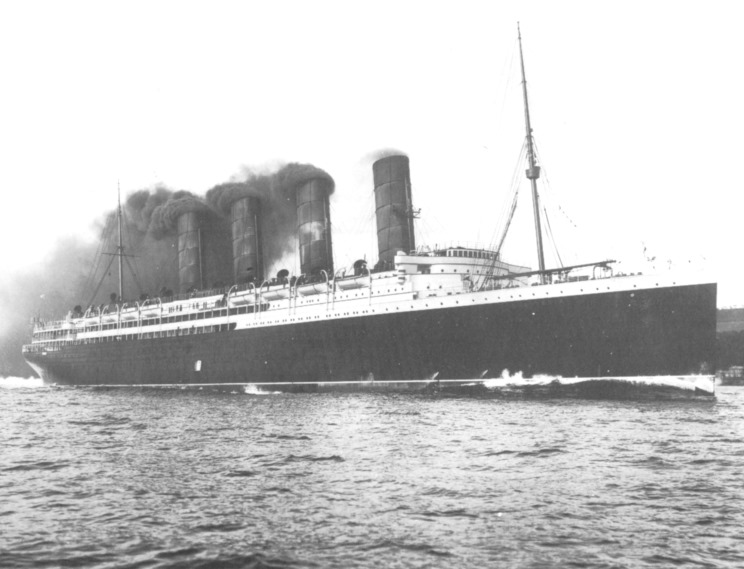
The launch would have been a momentous occasion for the Paton family, watching this giant ship sail down the Clyde, right past their house.
There was shipbuilding-related industry all along the Clyde, so the sounds would have carried to Gavinburn.
Our ancestors were farmers. They tended livestock at Gavinburn, milked cows, grew crops, and cultivated vegetable gardens, but the land was not theirs. All the land, for as far as you can see, was owned by a Lord Blantyre.
Grandpa Billie told me that “there was a castle across the river where the Lord lived”.
This photo of Lord Blantyre’s home, Mar Hall, was taken from the doorway at Gavinburn. You can see how a young boy would think of it as a castle.
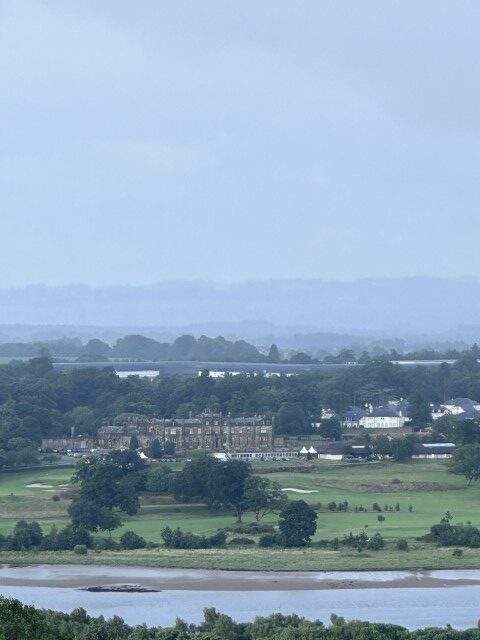
My grandparents told stories about Gavinburn long before I knew it still existed. They referred to it as “Gavin Cottage”.
High Gavinburn is the actual name, “high” referring to the elevation, and “burn” being the trickle of water we passed over when we arrived.
The burn originates up in the hills to the north, flows past Gavin Cottage and on to Old Kilpatrick, where it runs into the Clyde. Water from the burn was used by generations of Patons for drinking, to feed livestock and gardens, and to bath and do laundry.
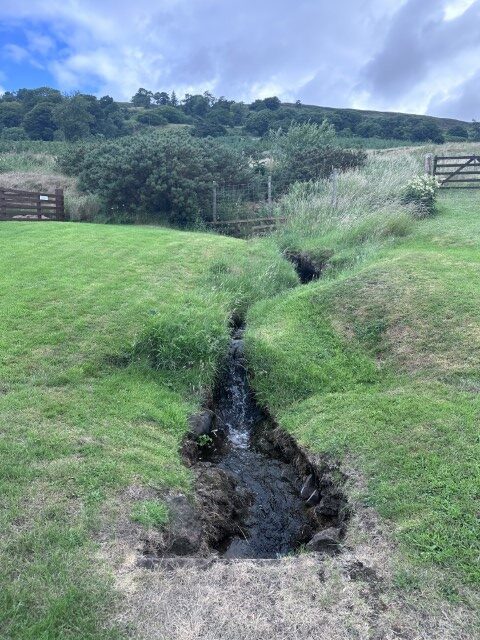
This trickle of water is the lifeblood of our family, it runs through us to this day.
Great grandpa and the others tended sheep and cattle in the hills above Gavinburn. In the summer, they would push the livestock to higher ground, up along the burn. The cattle and sheep would forage in the high grass all summer, then move down toward the house and barn in winter. While he was up in the hills, great grandpa lived in what he called a “wee But-n-Ben”. A two-room peasant’s cottage.
This is the earliest photograph we have of a Paton Family member. The photo is of your Great, Great, Great Grandfather William Paton b.1855 (d 1916).
The photo would have been taken in about 1883. (140 years ago)
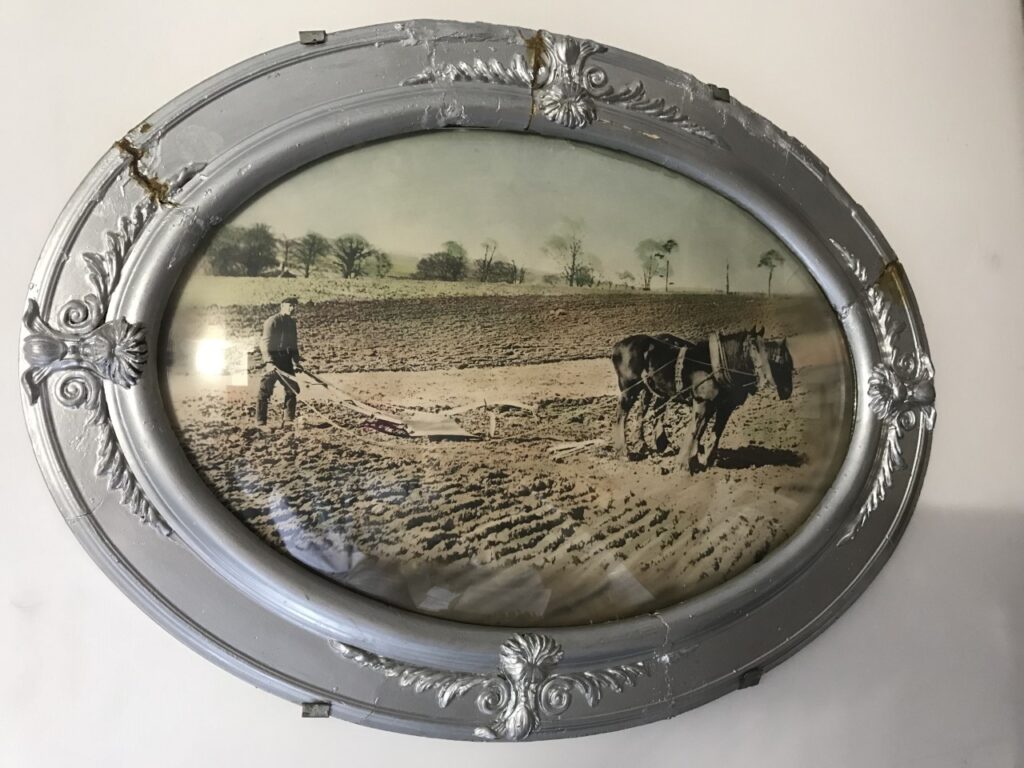
Great Grandma Jemima was a milkmaid, among other things. She and her cousins milked cows in a barn that stood beside the cottage, (if you look closely, the old foundation is still visible). The cows would have been milked by hand, twice a day, every day. Dad once told me that, even as an old woman, Grandma Jemima had powerful hands and could milk faster than he could.
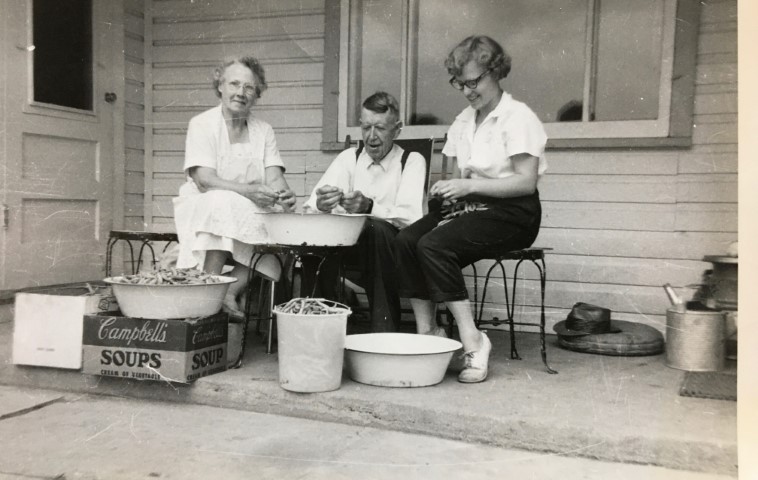
Grandma Jemima, Grandpa William Sr, and Claire Paton, shucking peas, c1965
Squeeze a rubber ball for an hour every morning and every evening, 365 days a year, and you could have hands and forearms as strong as Grandma.
There is a family legend that is quite benign in nature, but it has endured for more than a century. When the milking was done, Jemima and the other girls would muck out the barn. Once the floor dried, they would draw flowers on the hard-pack floor with chalk, to brighten the place up.
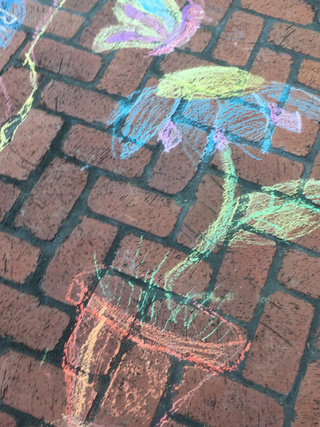
Another benign family legend goes like this: My grandfather was young when he lived here but he had cousins who were older. I heard this story, told by Great Uncle Jim.
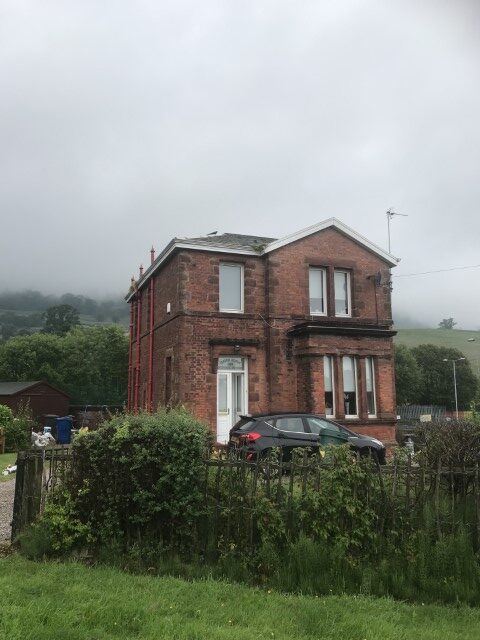
Gavinburn School
Jim walked to school on a path that ran along the burn. It would have been a pleasant trip down in the morning, not so much coming home. Jim had memories of being obliged to sing Gaelic songs in school, which he did not enjoy. The family had moved on from the traditional Gaelic spoken by their forebears to English.
They may have moved on from Gaelic, but both of my great grandparents retained heavy Scots accents their entire lives.
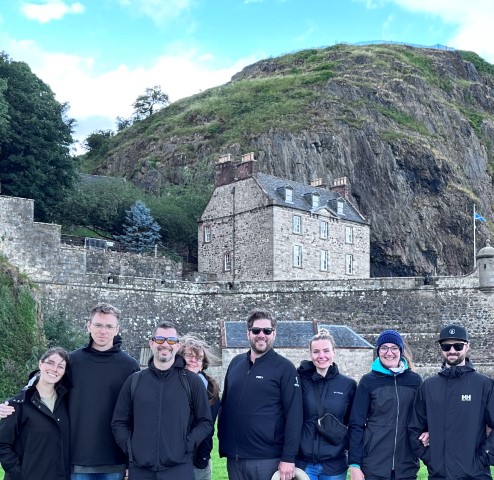
Our Grandparents would be very happy to be entertaining their 21st Century descendants at Gavinburn. This is where we started, and this is…
…Where We Belong.
To Be Continued. Watch for the conclusion of “Where We Belong” tomorrow.


Leave a Reply